With what can you plant hot peppers in the same garden?

Hot peppers are considered a popular seasoning and are also used as an ingredient in hot first and second courses. A large amount of this vegetable will not be required, so summer residents decide to combine planting in order to save territory.

Features of combined landings
The planting method, in which several crops are planted side by side in the same area, is not new. Combined planting is used by both experienced gardeners and beginners in this field. Many summer residents see many advantages in this technique.
As disadvantages, it should be noted only that not all plants can coexist with hot pepper.
If you do not know what is permissible to grow next to it and do not follow these rules, vegetables will not be able to fully develop and please with a stable harvest.
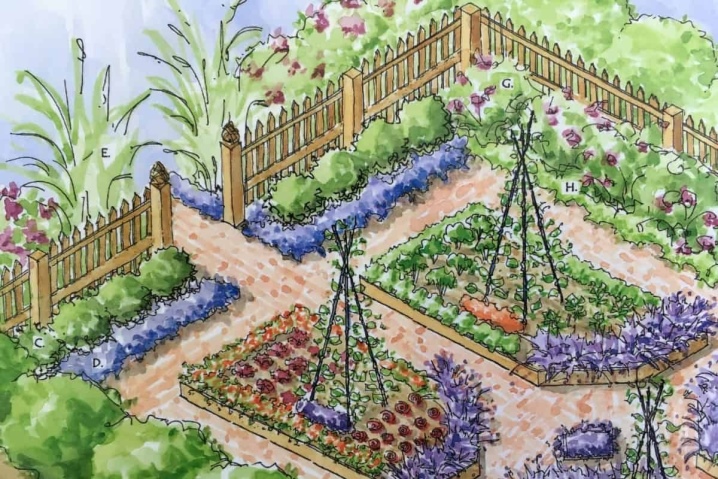
Placing hot peppers with other vegetables on the same bed, you need to take into account some peculiarities.
- With a modern planting, space on the land is significantly saved. If you combine several crops in the same area correctly, you will be able to collect up to 15 kilograms of juicy and tasty vegetables. The main thing is to take into account the ripening times of the varieties, as well as their need for moisture and fertilizers.
- In the process of growing, grasses and fruit crops extract useful and nutritious elements from the ground. Joint plantings in a competent neighborhood lead to the fact that the plants take different substances from the soil, and there is no deficiency of one of the components. Moreover, the soil is saturated with useful substances.
- The correct scheme reduces the need to regularly fertilize the seedlings, and in some cases, you can refuse to make additional fertilizing. The reduction in volumes will help save money that could have been spent on the purchase of complex fertilizers.
- Crops growing nearby share phytoncides with each other. It is a kind of antibiotic that protects plants from diseases, infections, and other pathogens. Substances released by some plant species are capable of repelling harmful insects and birds.
- Mixed plantings can positively affect not only the yield, but also the taste of vegetables.
- Tall plants will protect low-growing crops from bright sunlight by casting light shade. Also, a dense green mass will protect from the cold wind and reduce the frequency of irrigation.

If you arrange the combined planting correctly, as a result, healthy and strong shrubs will grow, which will form a healthy and tasty harvest in large quantities.
This planting method is chosen to increase yields and strengthen the immune system of plants. But these characteristics are influenced not only by the proximity of plants, but also by the predecessors that were grown on the land before the transplantation of hot peppers.
Excellent fruiting is achieved if green manures, for example, mustard or cereals, previously grew at the site of pepper planting. Pepper also develops remarkably well after legumes. As legumes grow, they saturate the soil with potassium and nitrogen.
Early varieties of cauliflower or cabbage are also suitable precursors. These vegetables do not drain the soil and leave behind favorable conditions for growing peppers. Also, hot peppers can be safely grown in locations where the following plants used to grow: zucchini, watermelons, pumpkins, melons, carrots, garlic and onions.
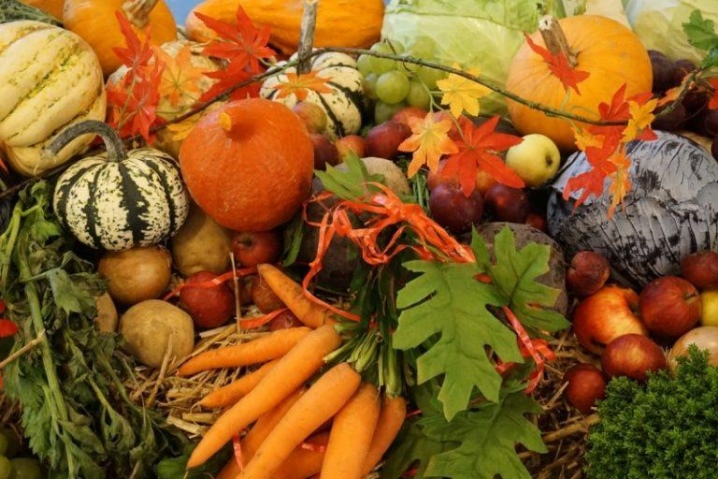
Suitable neighbors
Before organizing a combined planting, you need to know exactly what can be planted next to the hot pepper. Any plants that are adjacent to peppers in the open field or in greenhouses have a certain effect on it.
Next to the spicy vegetable, various herbs, vegetables and other plants grow wonderfully, for which there is a place on the site. Despite the harsh taste, hot peppers are considered a benevolent and peaceful plant.
- Eggplants are considered excellent neighbors. When laying down the planting, you need to take into account that the plants must be fully ventilated and receive a sufficient amount of light. They also love warmth and moderate humidity. Both of these crops can grow in the same garden at a short distance from each other. Caring for these types of vegetables is almost the same. They are irrigated and fertilized according to the same scheme, and the harvest ripens at the same time. Thanks to these characteristics, the plants will become good neighbors.

- Also, pepper is friends with tomatoes. A close fit will not affect the taste of any of the vegetables. Productivity will be high with proper care. As with the above option, the agricultural technology of tomatoes and hot peppers is the same. Therefore, it will be convenient to carry out all the care measures. This variant of the combined planting is suitable for open areas, but it will not work for closed ground. Tomatoes are vigorous crops that can grow to a height of about two meters or more. They will block the path of the sun's rays, due to which the pepper will lack natural light, and when densely planted, the plants will hurt and infect each other. As a rule, the land plot in the greenhouse is very limited in size, so it will not be possible to plant a large number of seedlings.

- Garlic and onions are considered popular plants in any garden. They not only grow remarkably with peppers in the same area, but also have a positive effect on the vegetable crop, contributing to its rapid development. The onion contains phytoncidal components that effectively repel dangerous insects and are harmful to microbes.

- Tall corn will protect the heat-loving peppers from drafts and wind. Choosing this method of joint planting, the cereal crop is planted in the northern part of the site so that it does not block the path of the sun's rays.

- Despite the fact that nettles are a weed, it is often grown in garden plots for the preparation of medicinal tinctures and other useful solutions. It can grow next to a vegetable, but only in small quantities. The bulk of the grass is removed, leaving only a few units at the edges of the plot. It is a natural source of nitrogen, and growing it allows you to reduce the amount of mineral dressing. Due to the influence of weeds, the crop is stored longer, without changes in taste.

- To protect pepper bushes from harmful insects and save space on the land, spinach can be planted nearby. Its early varieties prevent weeds from developing and moisturize the soil. So that the neighboring plant does not cause discomfort, it should not be planted in a large volume, as it will block the sun. After removing the spinach leaves, roots remain in the soil, which secrete saponin. Thanks to him, neighboring plants get micronutrients.

- Fragrant medicinal chamomile useful as a neighboring plant due to the protection of the plantation from dangerous pests.

- When combining planting with lettuce, one important condition must be met - the number of peppers should be predominant. Both of these crops love moderate but regular watering. The rest of the care of these plants is very simple.
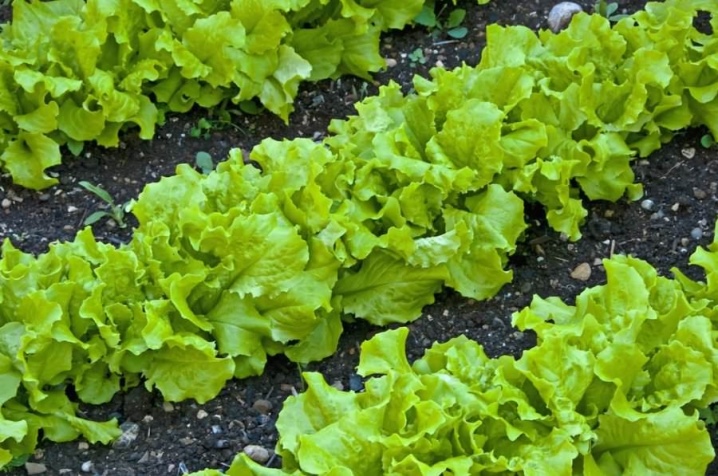
- Basil planted nearby has a positive effect on the gastronomic characteristics of the fruit, and also helps the pepper to grow. The aromatic herb, which is a popular condiment, also repels aphids, ants, and ticks.
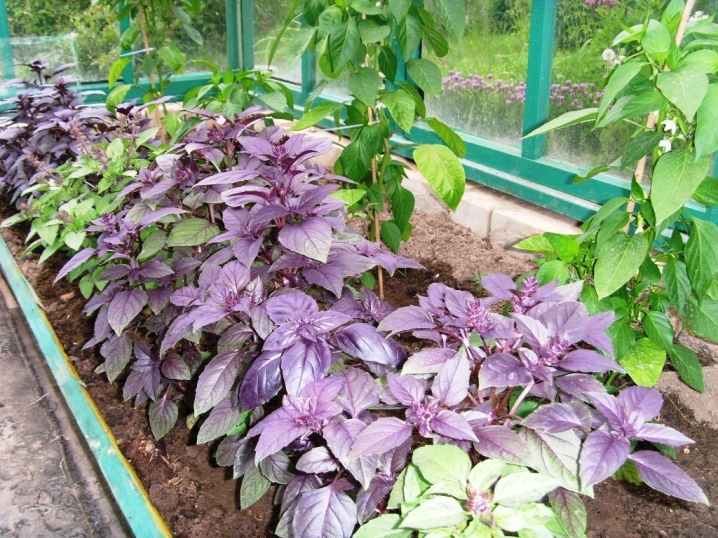
- To strengthen the health of the vegetable crop, dill is planted nearby. It increases the resistance of the pepper to disease and infection, and also has a beneficial effect on its taste.
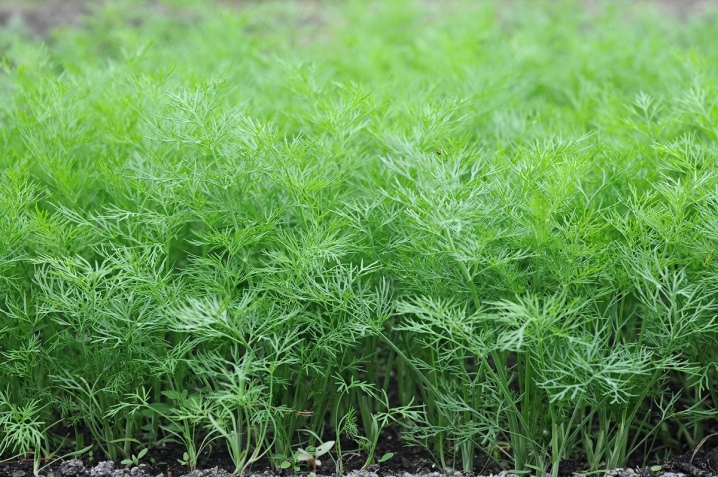
- During flowering, coriander attracts the attention of beneficial insects, and discourages harmful ones. A grass with a pronounced smell will be a useful aid for obtaining a rich harvest.

- Remarkable good neighborly relations develop between thyme (thyme) and hot pepper. Thyme has a scent that effectively repels pests and makes pepper taste better. Features of thyme, such as unpretentiousness in the composition of the soil and slow growth, allow you to successfully combine planting.

- A perennial medicinal plant called coltsfoot has the unique ability to restore abandoned soil areas. It is rarely planted in summer cottages on purpose, but it can grow on its own. Large leaves prevent weeds from growing quickly on the site, and bright yellow flowers attract beneficial insects. The benefits of a combined planting with this plant will be only if the coltsfoot does not take up much space on the site.

- Also, hot peppers can get along with zucchini, carrots without problems. and some varieties of cabbage (except for kohlrabi and Brussels sprouts). Before planting seedlings, you need to properly prepare the soil. It is cleaned, fed and disinfected.
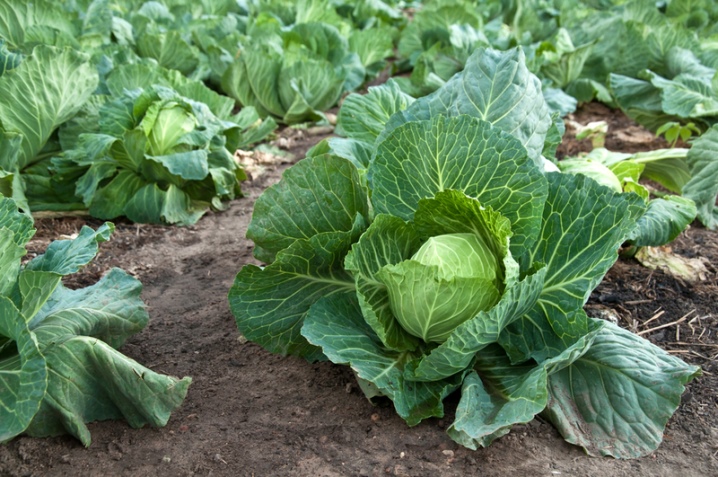
What can not be planted with?
- It is categorically impossible to combine hot and sweet peppers in one planting, since these vegetable crops are pollinated. As a result, bell pepper has a pungent taste, and the second variety loses its pungency. It is not uncommon to buy vegetables with altered flavor qualities in grocery stores and on the market. This indicates an incorrect fit. The optimal distance between two representatives of the same family should be at least 15 meters, but if possible, it is better to increase this distance and plant vegetables as far away from each other as possible.
- Also, you can not plant a vegetable along with potatoes. Such a neighborhood is contraindicated. Plants begin to ache and transmit infection to each other. In addition, tubers extract a large amount of valuable and nutritious substances from the soil.
- Beets are very fond of sunlight and as they grow, they constantly stretch upward, creating a thick shadow for the neighboring plant. Hot pepper does not tolerate strong darkening and begins to lose strength in the shade. Legumes such as peas and beans negatively affect the development of pepper seedlings. These plants also cast shade.
- Cucumbers love fertilization, abundant watering and warm weather, and hot pepper bushes do not respond well to feeding. Another problem is the large leaves that cast a shadow over the area.









The comment was sent successfully.